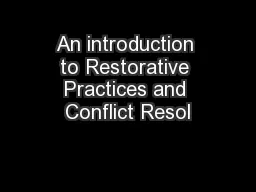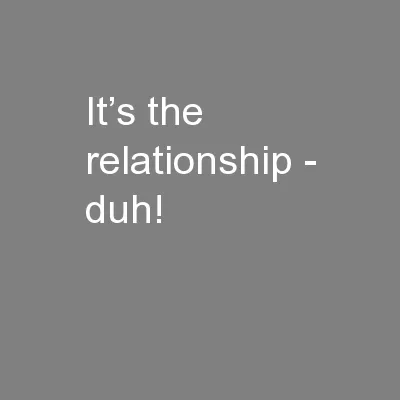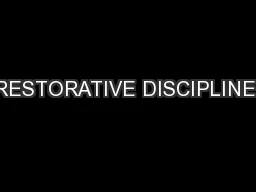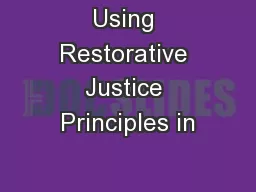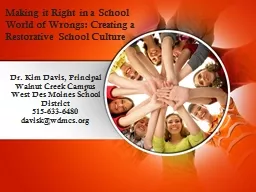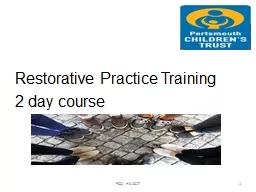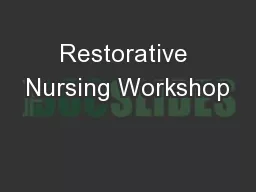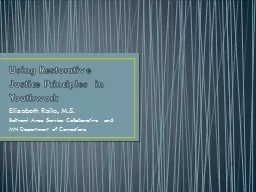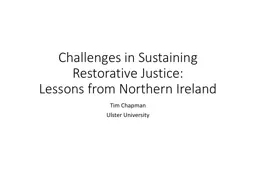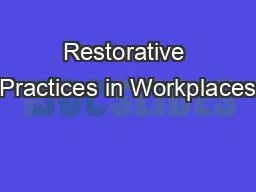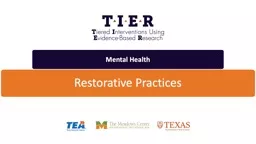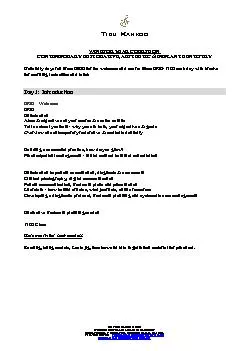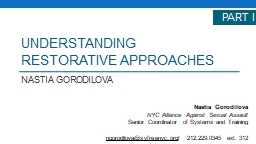PPT-An introduction to Restorative Practices and Conflict Resol
Author : giovanna-bartolotta | Published Date : 2017-09-05
Schools that work restoratively find that relationships are stronger and learning is more effective Economic amp Social Research Council 2011 Aims What are restorative
Presentation Embed Code
Download Presentation
Download Presentation The PPT/PDF document "An introduction to Restorative Practices..." is the property of its rightful owner. Permission is granted to download and print the materials on this website for personal, non-commercial use only, and to display it on your personal computer provided you do not modify the materials and that you retain all copyright notices contained in the materials. By downloading content from our website, you accept the terms of this agreement.
An introduction to Restorative Practices and Conflict Resol: Transcript
Download Rules Of Document
"An introduction to Restorative Practices and Conflict Resol"The content belongs to its owner. You may download and print it for personal use, without modification, and keep all copyright notices. By downloading, you agree to these terms.
Related Documents

